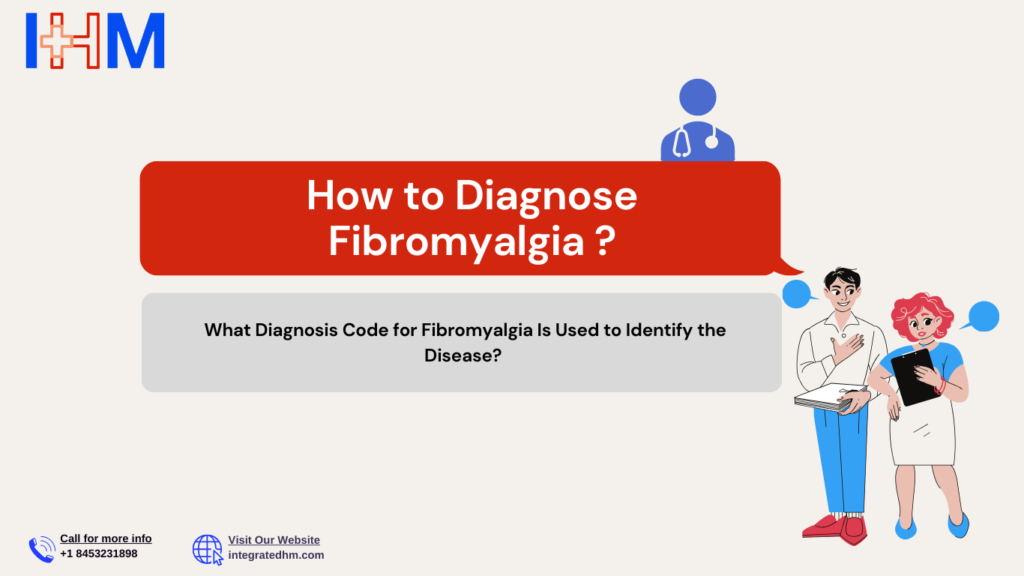A chronic (long-lasting) condition called fibromyalgia results in body-wide discomfort and soreness, weariness, and difficulty sleeping. People who have the condition have an increased sensitivity to pain, yet scientists are still unsure of the exact explanation.
What are the Fibromyalgia Symptoms?
The following are most typical symptoms:
- The entire body hurts and is stiff.
- Weariness and exhaustion.
- Both anxiety and depression.
- Difficulty sleeping.
- Issues with focus, memory, and thought
- Headaches—migraines included.
- Hands and feet tingling or going numb.
- Facial or mandibular pain, including temporomandibular joint syndrome (TMJ) problems affecting the jaw.
- Digestive issues that include bloating, constipation, stomach pain, and even irritable bowel syndrome (IBS).
Fibromyalgia Causes:
Physicians do not fully understand the etiology of fibromyalgia. The body can misinterpret its pain signals for a variety of reasons, some seen in patients are written below:
- It appears that it runs in families. Genes that increase your sensitivity to pain could be inherited from your parents. Additionally, certain genes may increase your susceptibility to anxiety or depression, which exacerbates pain.
- Other illnesses. Your risk of developing fibromyalgia is increased by an infection or a painful condition like arthritis.
- Physical or psychological abuse. Abused children are more prone to develop the illness as adults. Abuse may alter how the brain processes stress and pain, which could lead to this.
- PTSD stands for posttraumatic stress disorder. Some people develop this mental health issue as a result of a traumatic experience.
How to Diagnose Fibromyalgia?
Having pain throughout the body, in addition to other symptoms, is the main factor used to diagnose fibromyalgia. As of right now, it cannot be diagnosed with any particular laboratory or imaging test. Doctors usually attempt to rule out other disorders as a possible cause of your symptoms because the primary symptoms—pain and fatigue—are shared by many other conditions. A physician may follow the major two Diagnosis Code for Fibromyalgia identification:
- Observe your medical background. Your physician will probably inquire about the location, intensity, and length of your discomfort as well as any extreme exhaustion or cognitive concerns, such disorientation or memory problems. They might also inquire about any other illnesses you may be dealing with, as some sufferers also have concurrent illnesses.
- Conduct an examination.In order to determine if you have rheumatoid arthritis or systemic lupus erythematosus, your doctor will examine your joints.
Fibromyalgia Treatment:
No single fibromyalgia treatment is effective for all patients. Together, you and your doctor will identify a course of action that will effectively relieve your symptoms. Inform your doctor about the symptoms you’re having as well as any changes (such as when they get better or worse).
Among the treatments you may require are:
- Painkillers available over-the-counter (OTC) or by prescription.
- Exercises such as strength training and stretching.
- Sleep medicine.
- Treatment with cognitive behavior.
- Treatment for stress management.
- Mood enhancers.
Fibromyalgia Medication
Numerous medications can aid with pain relief and better sleep. It is possible for you to be prescribed multiple types of medication concurrently.
- Medications that fight depression. Even if you do not have depression, medications for it may still be effective. Several classes of antidepressants are available for prescription by doctors.
- Medication to prevent seizures. These drugs can help with pain management and sleep quality. Their mechanism of action involves disrupting the brain’s ability to receive pain signals.
- Analgesics (drugs that relieve pain). For those who require further pain relief, they may be used.
- Anti-inflammatory painkillers may be helpful for some painful diseases that coexist with fibromyalgia, but they are often ineffective since fibromyalgia does not result in tissue inflammation.
FAQs
Q1 How is Fibromyalgia Diagnosed?
Fibromyalgia is diagnosed through a combination of medical history, physical examination, and specific criteria defined by the American College of Rheumatology. Doctors often conduct a tender points examination, assess the duration and severity of symptoms, and rule out other conditions with similar symptoms.
Q2 What Tests are Used to Diagnose Fibromyalgia?
There is no specific test to diagnose fibromyalgia. Doctors may order blood tests to rule out other conditions and perform a tender point examination where they apply pressure to specific points on the body. Imaging tests like X-rays and MRI scans might also be done to rule out other conditions that could be causing the symptoms.
Q3 What Diagnosis Code is Used for Fibromyalgia?
In the International Classification of Diseases (ICD) coding system, fibromyalgia is identified by the code M79.7. This specific code is used by healthcare professionals to indicate a diagnosis of fibromyalgia when submitting claims for medical services, ensuring accurate record-keeping and billing procedures.

